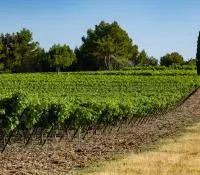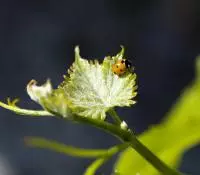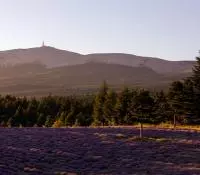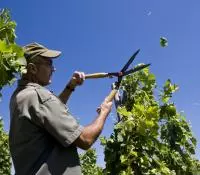- Protect biodiversity
Agroforestry, tending the vineyards as if they were a garden
Agroforestry is the union of the vine and the tree to combat soil erosion, protect biodiversity, temper weather extremes and enhance the living environment.
Aesthetic and eco-friendly, agroforestry combines the imperatives of climate change with the organisation and harmonisation of living organisms. In other words, it means designing vineyards in a way that does not constrain the planting areas but rather uses their geomorphology to integrate them into an ecosystem. This therefore maintains the native flora, the habitats and nesting areas of various animal species, in good condition. The aim is to create a balance between the living world and human activity.

Contents
Planting trees to protect the vine… I wouldn’t have thought of that!
Agroof, a cooperative company specialising in the study and development of agroforestry systems since 2000, supports the growers in this process. It works with them to determine the species of trees or hedges to be planted. It addresses their concerns about the possible decrease in the vines’ yields associated, in particular, with water stress, and about whether these plantations have an impact on carbon storage to combat global warming. The results show that there is no water competition between the trees and the vines and that agroforestry has a beneficial impact on the carbon footprint.
A 100 billion euro recovery plan is being deployed by the French Government. It is based on three main themes: ecology, competitiveness and cohesion. One of its objectives is to plant 7,000 kms of hedgerows between 2021 and 2022.
OK but what about Côtes du Rhône?
This mission is already well underway in the Côtes du Rhône region by Rhônéa, a Vignerons Engagés certified union of cooperative wine cellars, which has planted 1,200 metres of hedgerows in three years in order to restore the balance of the ecosystems. The Cairanne Appellation is similarly committed, with 20 winemakers who have already planted 400 plants, local tree species, and intend to plant 1,000 trees by 2025.
Agroforestry is becoming increasingly popular with numerous other Côtes du Rhône wine domaines are already engaged in this practice.


